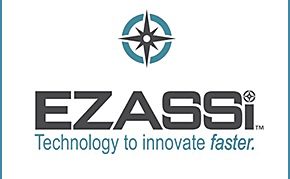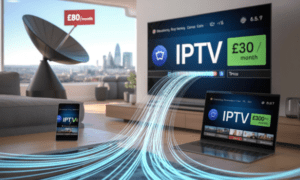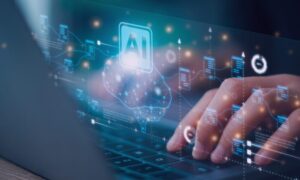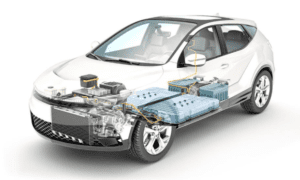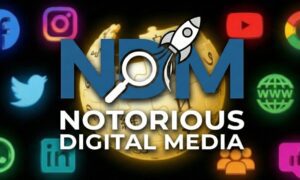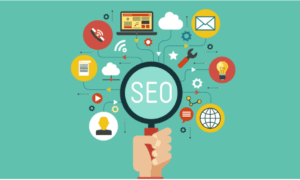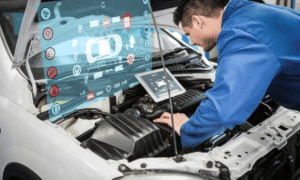Introduction
The Internet of Things (IoT) is revolutionizing the way we interact with technology. It allows devices, appliances, and systems to communicate and share data with each other over a network, creating a connected ecosystem. However, at the heart of this connection are two essential components – hardware and software.
Hardware refers to the physical components of an IoT system, such as sensors, actuators, gateways, and devices. On the other hand, software comprises the programs or codes that control and manage these hardware components. Both play crucial roles in enabling IoT functionality, but they also come with their own set of advantages and disadvantages.
In this section, we will delve deeper into the benefits and drawbacks of using hardware and software in IoT.
Advantages of Hardware in IoT:
1. Reliable Performance: Hardware components are designed to be durable and reliable for extended periods without frequent maintenance or updates. This makes them ideal for use in critical applications where consistent performance is necessary.
2. Real-time Data Collection: With sensors embedded in different devices and objects, hardware can collect real-time data on their physical condition or environment. This enables quick decision-making based on accurate data analysis.
3. Customizable: Most hardware components used in IoT are highly customizable according to specific needs or requirements. This flexibility allows for tailored solutions that can address unique challenges faced by businesses or industries.
4. Easy Integration: Hardware is relatively easy to integrate into existing systems since it does not require extensive programming knowledge or skills compared to software development.
Disadvantages of Hardware in IoT:
1. High Maintenance Cost: The initial cost of purchasing hardware components can be high, and they may also incur additional maintenance costs over time. This could include the replacement of faulty parts or upgrading to newer versions.
2. Limited Functionality: Hardware components have limited functionality and capabilities as they are designed for specific tasks. This means that multiple hardware devices may be needed to complete a complex task, increasing the overall cost.
3. Vulnerability to Physical Damage: Since hardware is a physical component, it is vulnerable to damage from external factors such as weather, accidents, or wear and tear. This can result in downtime and costly repairs or replacements.
Advantages of Software in IoT:
1. Flexibility: Unlike hardware, software is highly flexible and can be easily updated or modified without the need for physical changes. This allows for quick adaptation to new technologies or business needs.
2. Cost-effective: Software development has become more affordable with advancements in technology and available resources. Additionally, one software program can often control multiple hardware components, reducing the overall cost of implementation.
3. Scalability: As software programs are not restricted by physical limitations, they can be easily scaled up to handle increasing amounts of data or connected devices without significant changes to the infrastructure.
4. Remote Management: Software allows for remote management and monitoring of connected devices, making it easier to identify and resolve issues without the need for on-site maintenance.
Disadvantages of Software in IoT:
1. Security Risks: With the increase in cyber threats, software vulnerabilities pose a significant risk to IoT systems. Hackers can exploit these vulnerabilities to gain access to sensitive data or cause disruptions in operations.
2. Compatibility Issues: As software is continually evolving, there may be compatibility issues between different versions or with other programs, leading to system malfunctions or errors.
3. Reliability Concerns: Software is prone to bugs and glitches that can affect its reliability and performance. This can result in downtime and loss of productivity if not resolved promptly.
4. Requires Skilled Professionals: Developing software for IoT requires highly skilled professionals with knowledge of programming languages and specific protocols used in IoT systems. Hiring and retaining these experts can be expensive for businesses.
Future Trends and Evolution of IoT Technology
The world of technology is constantly evolving, and one of the most exciting and rapidly advancing fields is that of the Internet of Things (IoT). This term refers to the interconnectedness of devices, objects, and systems through the internet, allowing for seamless communication and data exchange. With its endless possibilities, IoT has already made a significant impact on various industries such as healthcare, manufacturing, transportation, and more.
As with any emerging technology, there are always new trends and developments on the horizon. In this section, we will delve into some key future trends in IoT technology that are expected to shape its evolution in the coming years.
1. Edge Computing
One major trend that is gaining momentum in IoT is edge computing. As more and more devices become connected to the internet, there is a growing need for faster processing and analysis of data at the source itself, rather than sending it all to a central server. Edge computing allows for this by bringing computation closer to where data is generated—at the “edge” of networks—thereby reducing latency and increasing efficiency.
2. Artificial Intelligence (AI) Integration
The integration of AI with IoT devices has been gaining traction in recent years, and this trend is expected to continue in the future. By combining AI algorithms with sensor data from connected devices, businesses can gain valuable insights and make informed decisions based on real-time information. This will lead to enhanced automation, predictive maintenance capabilities, and improved overall efficiency.
Conclusion
Both hardware and software play crucial roles in enabling the functionality of IoT systems, but they also come with their own share of advantages and disadvantages. Hardware provides reliable performance and real-time data collection, while software offers flexibility, scalability, and remote management capabilities. However, they both have their drawbacks.


